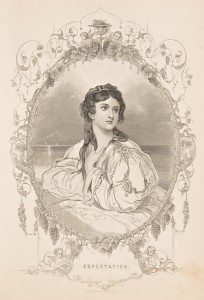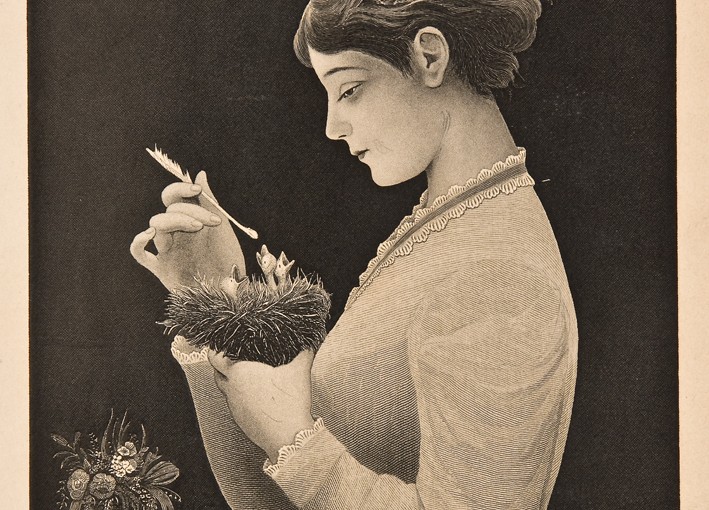A boat, beneath a sunny sky
Lingering onward dreamily
In an evening of July—
Children three that nestle near,
Eager eye and willing ear,
Pleased a simple tale to hear—
Long has paled that sunny sky:
Echoes fade and memories die:
Autumn frosts have slain July.
Still she haunts me, phantomwise,
Alice moving under skies
Never seen by waking eyes.
Children yet, the tale to hear,
Eager eye and willing ear,
Lovingly shall nestle near.
In a Wonderland they lie,
Dreaming as the days go by,
Dreaming as the summers die:
Ever drifting down the stream—
Lingering in the golden gleam—
Life, what is it but a dream?
-Lewis Carroll, 1871, Through the Looking-Glass
Carroll’s poem “A Boat, Beneath a Sunny Sky” is a more sophisticated re-write of the childhood nursery rhyme, “Row, Row, Row Your Boat” which punctuates the transformation that Alice goes through from adolescent youth to a matured young adult.
On a website I found online (http://shenandoahliterary.org), which told the background of Carroll’s writing of Alice’s Adventures in Wonderland & Through the Looking-Glass, Alice Pleasance Liddell was an actual person and not a fictional character.Carroll was friends with the Liddell family and would tell the Liddell children (there were three of them) stories about his own adventures while they would all hang out on a boat and Alice became his “muse”. This poem at the end of Through the Looking-Glass is just an autobiographical account of his relationship with Alice and the Liddell children as being something that engulfed his memories and haunted his dreams.
This is all very reminiscent of the tale of Peter Pan to me. Carroll was clearly saddened by the fact that Alice grew up and her youthful self still haunted him. Carroll is essentially begging Alice to never grow up, but that is only possible in his dreams and memories of her. He essentially took her and her two siblings to Wonderland through his stories, which is completely parallel to Peter Pan in the sense that Peter took Wendy and her two brothers to Neverland (Similar names for a childhood fantasy world… coincidence? I, personally, think not!). In both cases there are three children taken to an adolescent fantasy world where they frolic and roam free, with the little girl in the story being the center of attention and the fantasy for the man who is telling the story, yet alas, the girl must grow up eventually and leaves her mark on the guy who awakened her maturity or guided her through her transition. Carroll, like Peter Pan, realizes that children must grow up and be adults at one point- also there is the creepy factor that Carroll was an older man who probably spent a bit too much time with adolescent female children. Peter Pan could also be read technically as a really old man who chose to never “grow up” which may be symbolic of something else- but I digress.
So looking at Carroll’s Alice in Wonderland tales with the context behind it now in mind, the text just seems to be autobiographical, or at least a retelling of events that actually occurred in the form of a “fictional”, fun children’s novel. Carroll is essentially keeping his memories of Alice in a metaphorical glass jar of sorts. He seems to embody the character that he saw Alice as, so her own personal narrative and personality is re-written by Carroll and that is the Alice we as a modern audience gets aquainted with.The children’s novel is Carroll’s way of keeping Alice youthful eternally, throughout time. An interesting connection between time and Alice is that in the modern movie directed by Steven Spielberg, Alice Through the Looking-Glass, Time is a personified character and Alice is running out of time throughout the movie to grow up and face the real-world where she is expected to marry and be a Victorian wife.
Also, here is a link to see some of the pictures that Carroll took of ALICE (who was brunette, by the way…).

